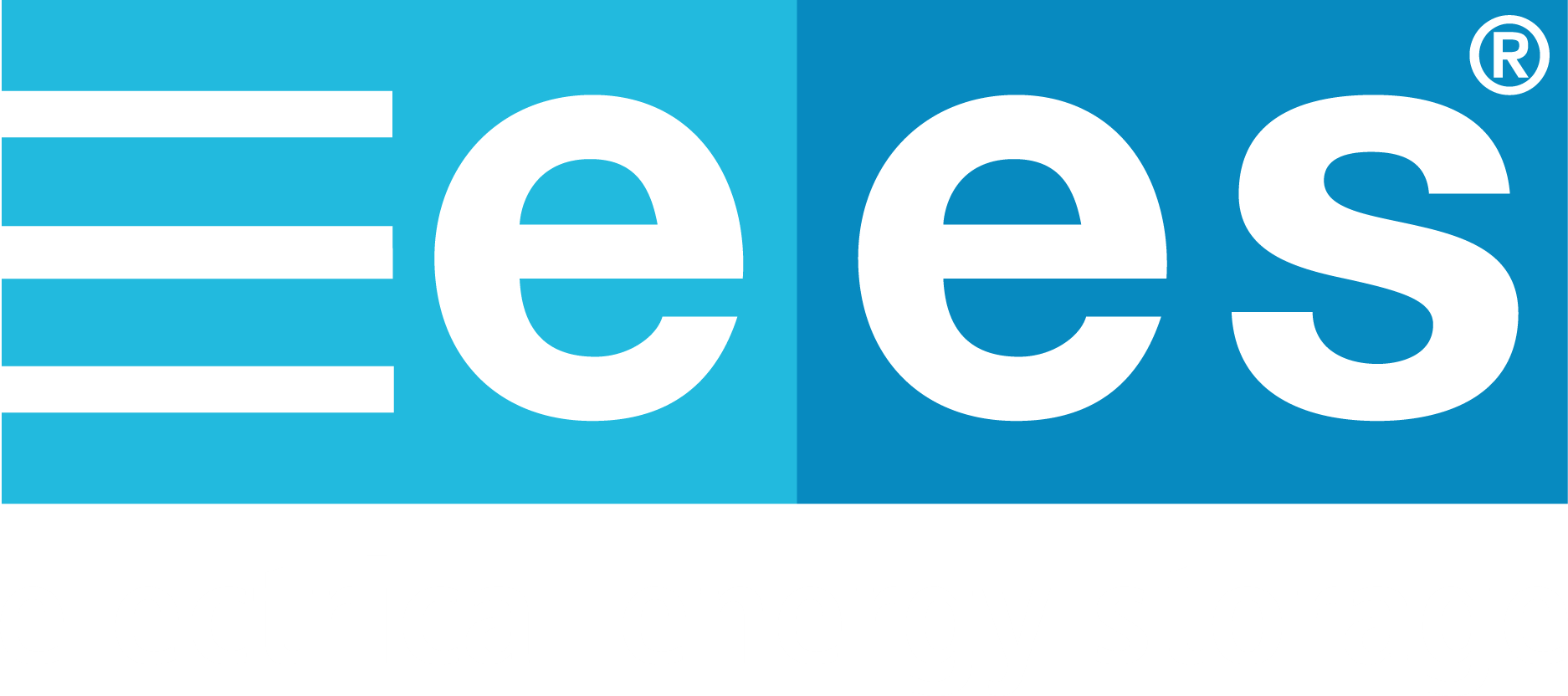Evaluate & adapt
Analyze the data
Evaluate metrics to scale and innovate.
Understanding the practical benefits of an electric fleet and the real-world considerations of ownership enables internal buy-in for further electrification programs. Calibrate your initial assumptions with real world data.
- What are the actual OpEx costs?
- Mainly electricity costs. Management platforms can keep these as low as possible via load-balancing, or by scheduling charging for low-cost times or in response to grid-balancing markets. Analysing this can help identify areas for efficiency improvement.
- What are the environmental benefits?
- Some management platforms will be able to time charging to renewables generation. This will reduce your GHG emissions.
- What is the minimum range requirement?
- Analyzing EV owner charging patterns, user experience feedback, distance traveled between charge sessions, and energy consumed per charging session, can give you better insights on the sweet spot for EV range and cost.
- How flexible are EV driver demands?
- Most chargers installed at home or the workplace can deliver daily energy needs in just a portion of the time they are plugged-in. Analyzing the difference between charging time and plug-in time can give you insight on how to optimize the charging solution.
- Are your employees satisfied?
- Understanding the level of employee satisfaction can also indicate how well the vehicle transition has been executed with employees. Depending on the feedback you may need to reengage employees by educating, training and exciting them again (section 3.2).
Engage Industry
Innovate
Industry stakeholders are keen to see specific EV technologies commercialized, because they promise benefits for grid utilization and efficiency, reduced emissions and a more sustainable EV cycle life. Some critical areas for research and development that may attract government grants and funding are bi-directionality, renewables integration, and 2nd life batteries.














